

Alfama
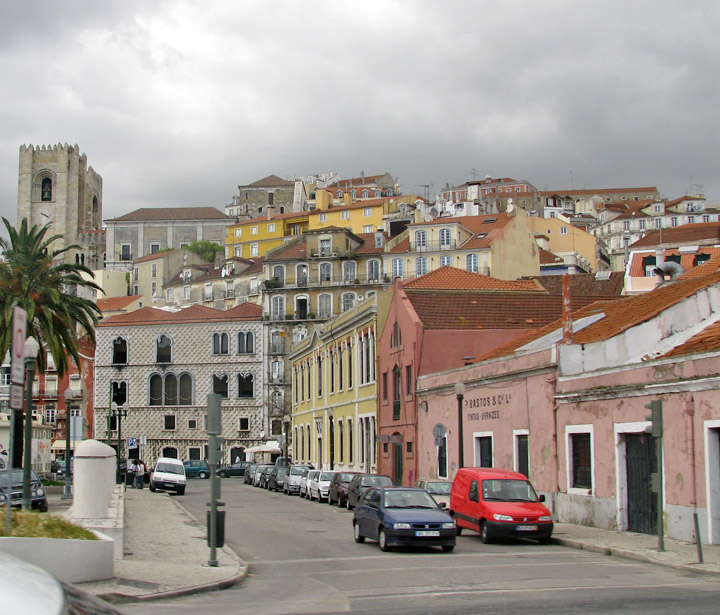
Alfama
Alfama is the oldest district of Lisbon, spreading on the slope between the Castle of Lisbon and the Tejo river. Its name comes from the Arabic Al-hamma, meaning fountains or baths. It contains many important historical attractions, with many Fado bars and restaurants.
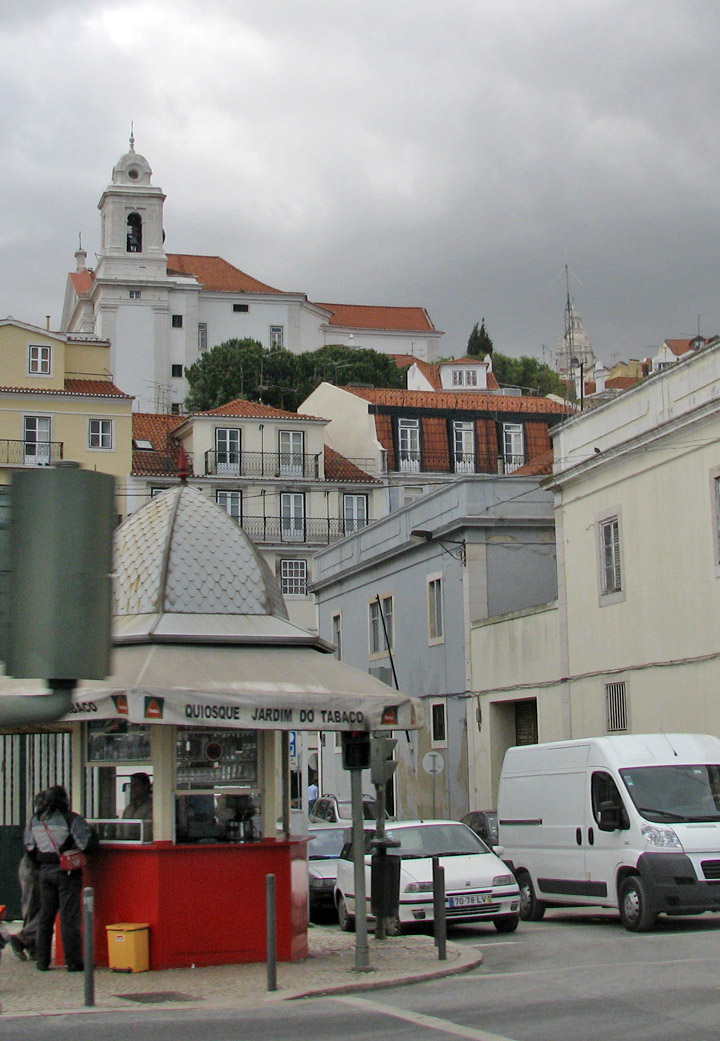
During the times of Moorish domination, Alfama constituted the whole of the
city, which later spread to the West (Baixa
neighborhood). Alfama became
inhabited by the fishermen and the poor, and its condition as the neighborhood
of the poor continues to this day. The great 1755 Lisbon Earthquake did not
destroy the Alfama, which has remained a picturesque labyrinth of narrow streets
and small squares. Lately the neighborhood has been invigorated with the
renovation of the old houses and new restaurants where Fado - Portuguese typical
melancholy music - can be enjoyed.
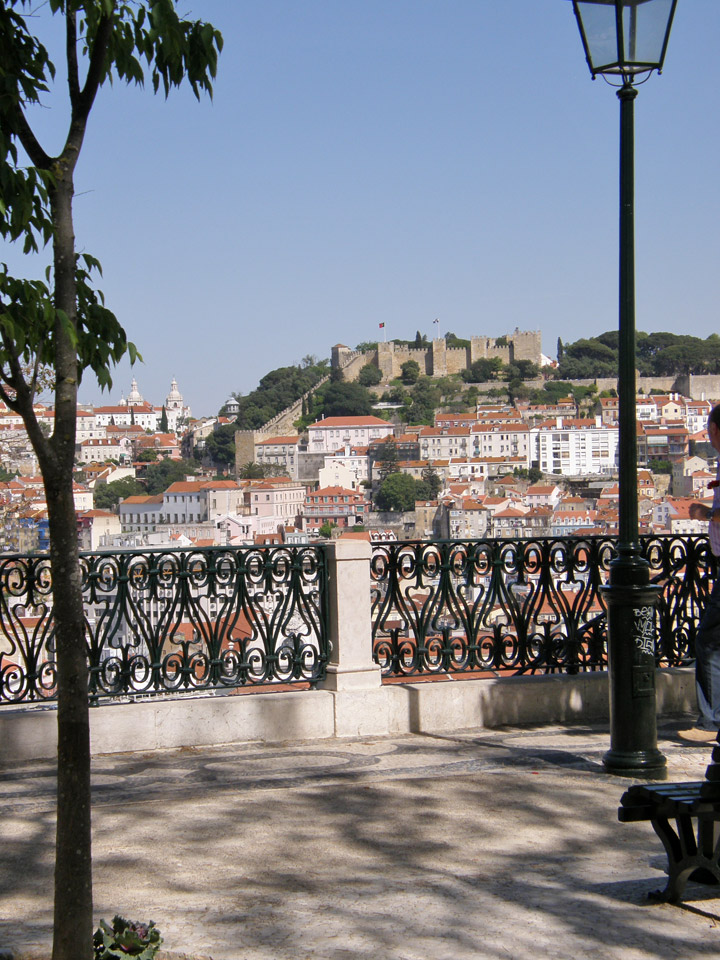
mediaeval Castle of São Jorge

Overlooking the Alfama is the mediaeval Castle of São Jorge, royal residence
until the early 16th century and now offering the best views of the city. In the
slopes of Alfama there are other terraces (miradouros) from which to see the
city, like the Miradouro de Santa Luzia, near the church of the same name and
over remnants of the Moorish city walls, and the Miradouro das Portas do Sol
(Gates of the Sun). Near Miradouro of Santa Luzia is located the Museum of
Decorative Arts (Museu de Artes Decorativas), a 17th century mansion with
magnificent interiors.
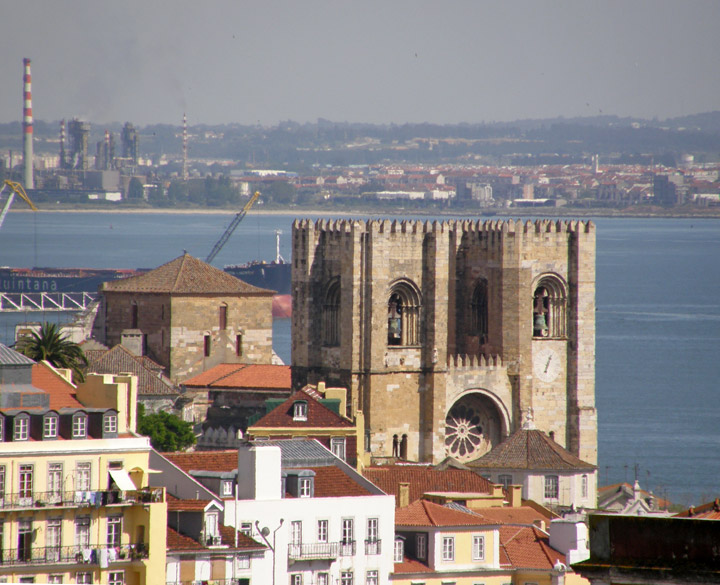
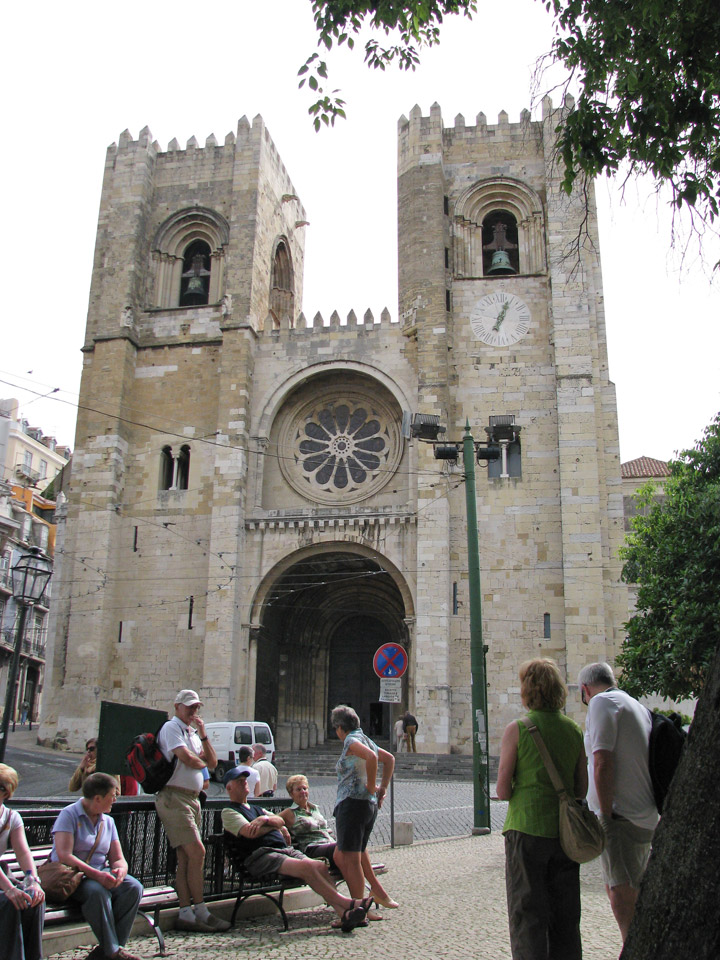
Lisbon Cathedral
More Photos of Lisbon Cathedral
Among the churches of the Alfama are Lisbon Cathedral (12th-14th centuries), the oldest of the city and located to the West of the neighborhood, the Convent of the Grace (Convento da Graça, 18th century), near the Castle, the mannerist Monastery of São Vicente de Fora (late 16th-18th century), where the Kings of the House of Braganza are buried, and the baroque Church of Santa Engrácia (17th century), now converted into a National Pantheon for important Portuguese personalities.
Text from Wikipedia
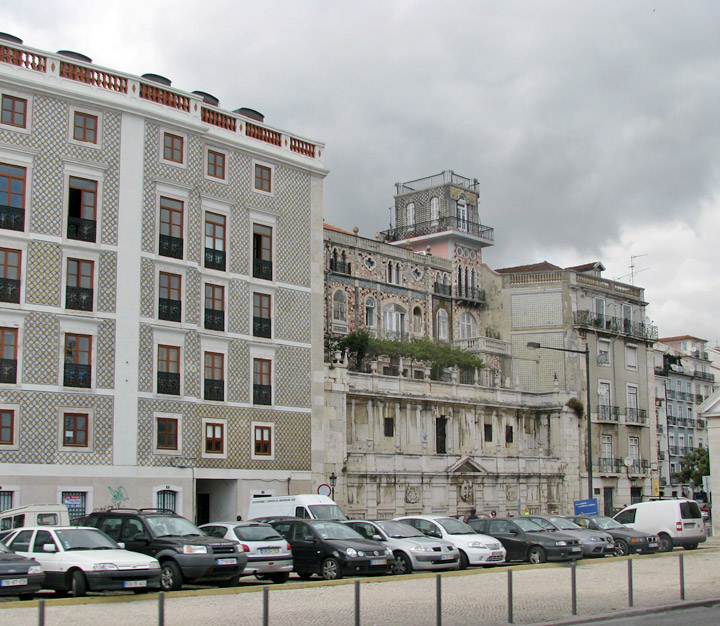


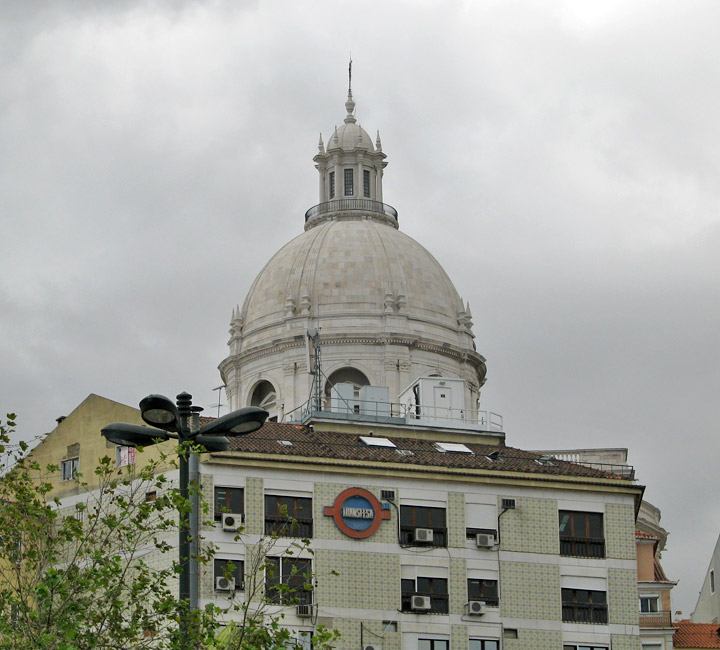
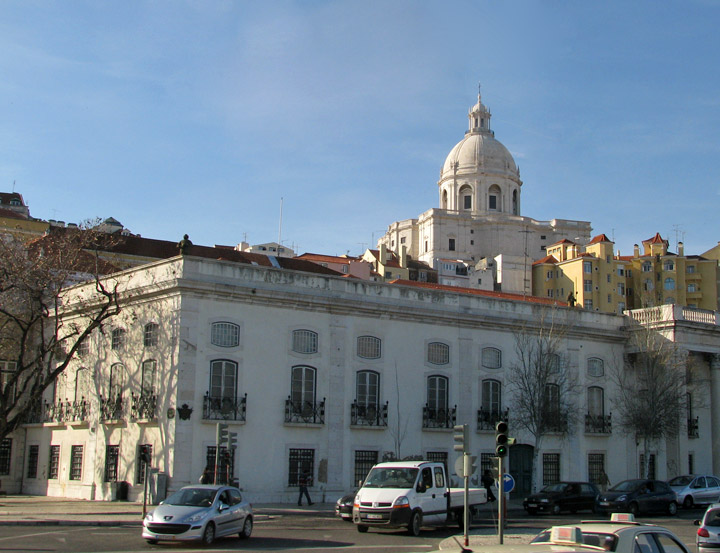
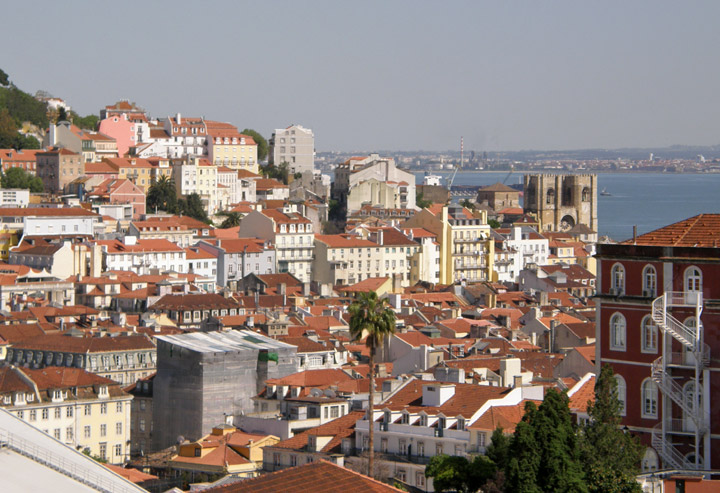
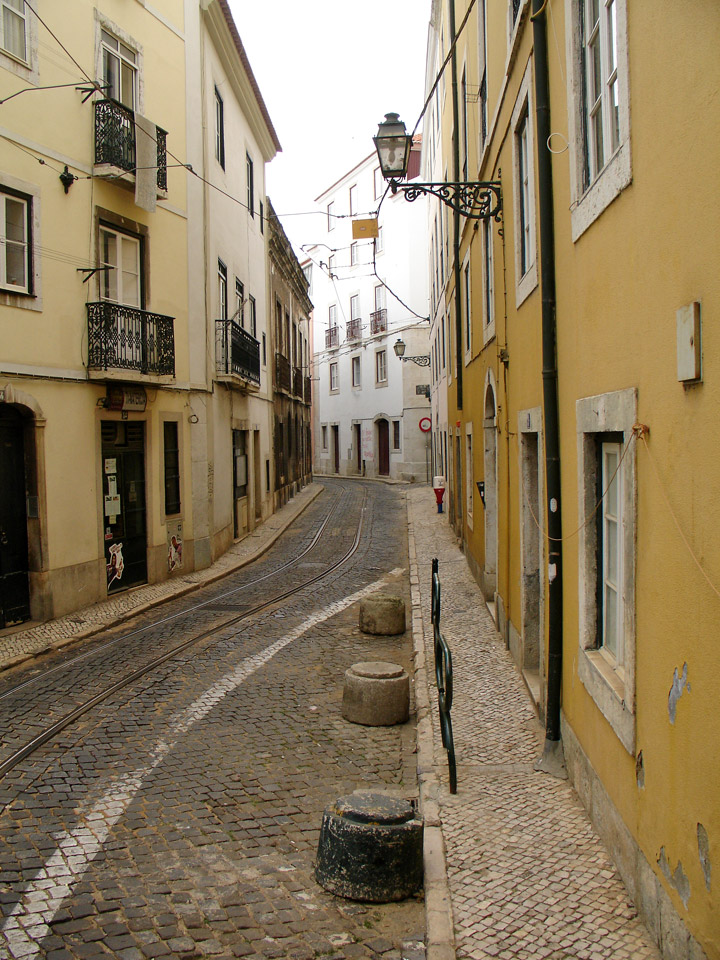
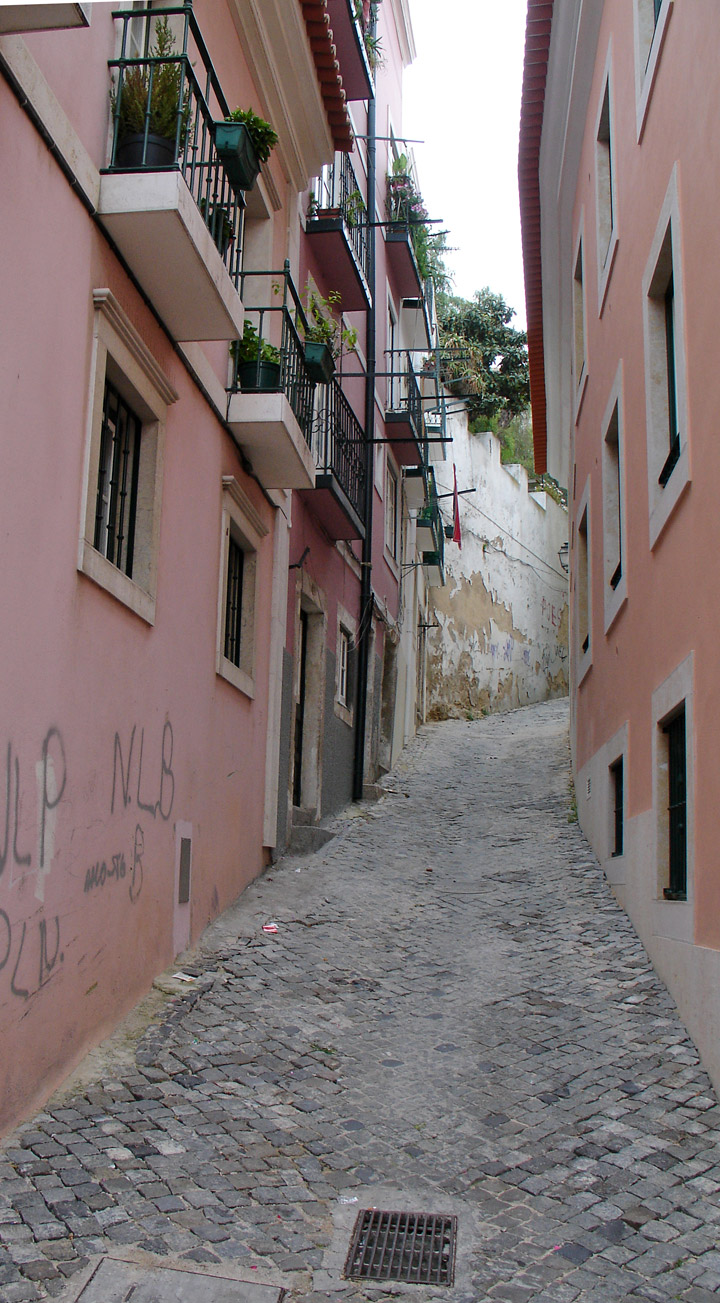
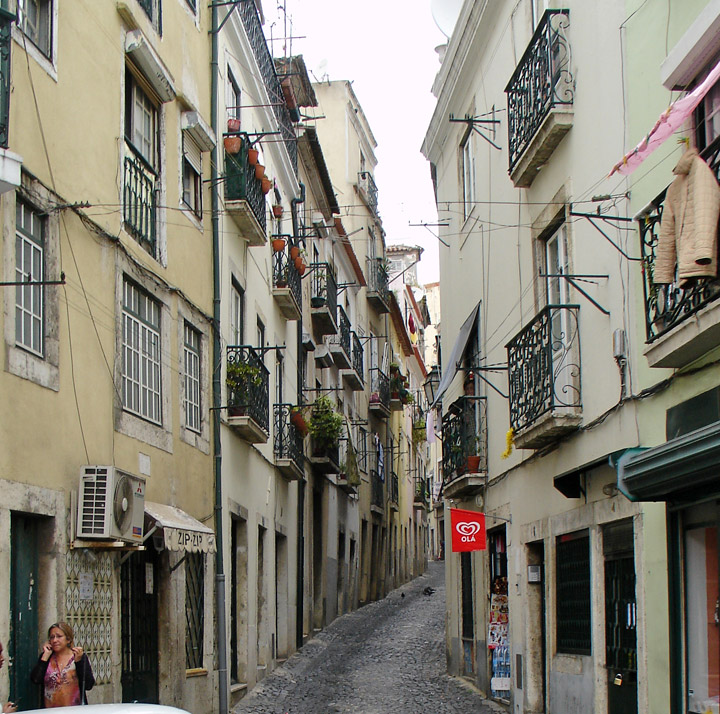
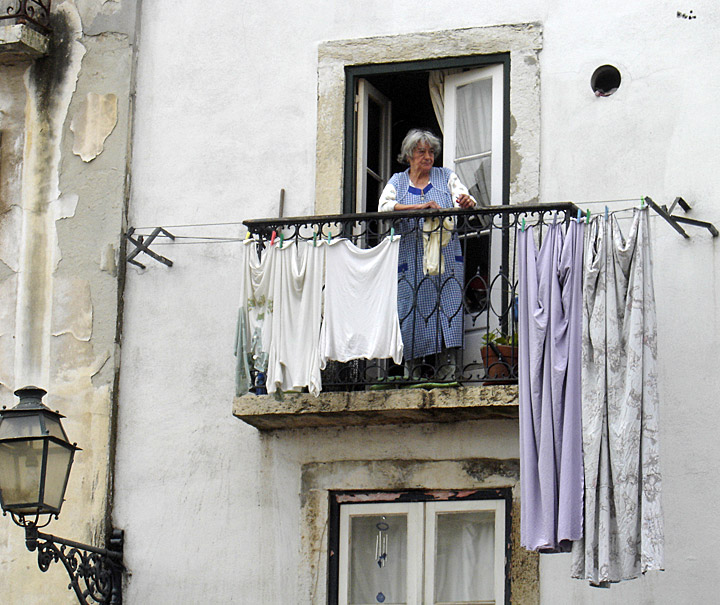
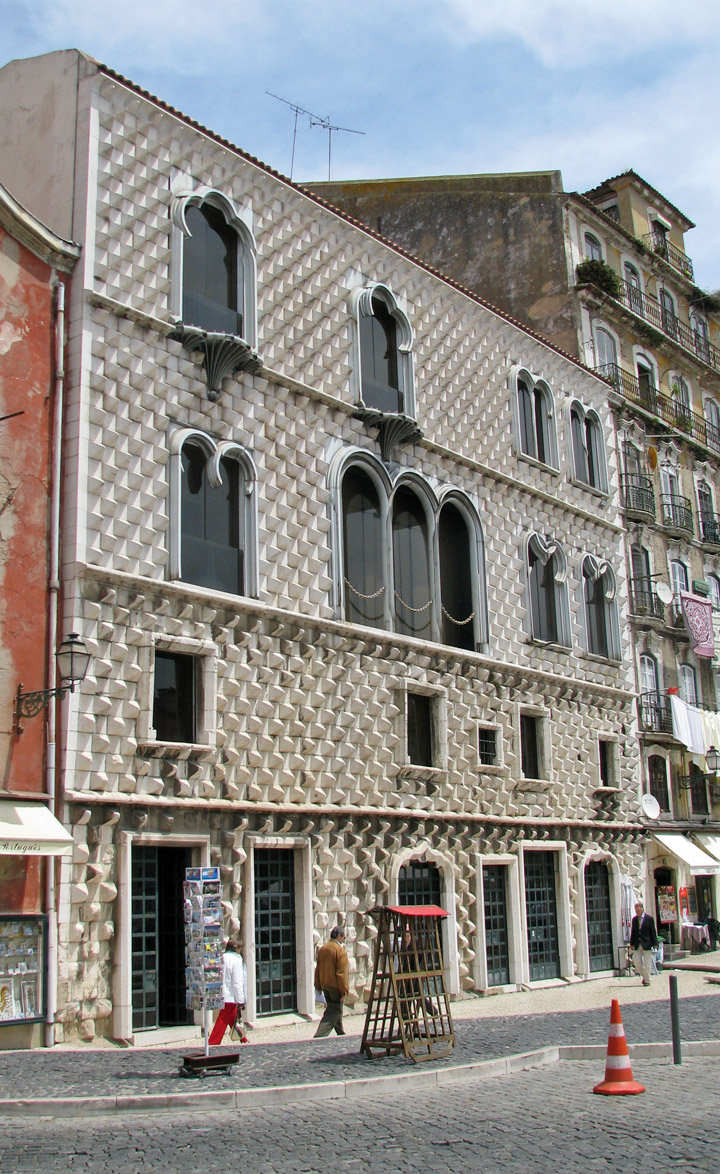
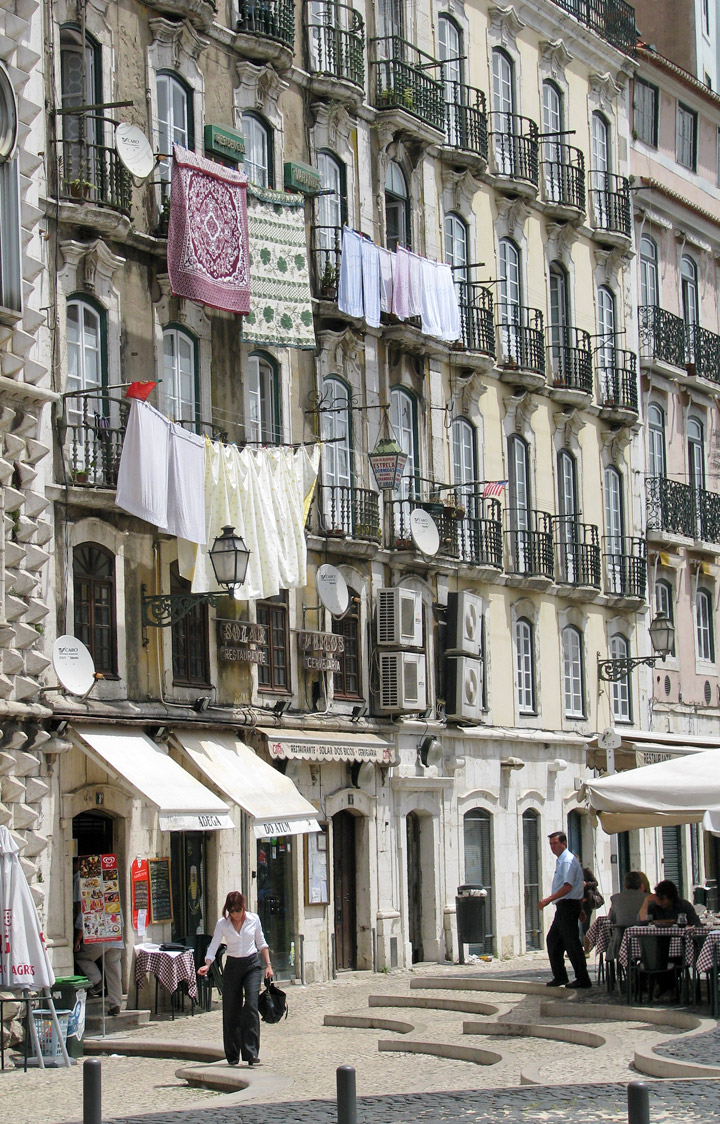
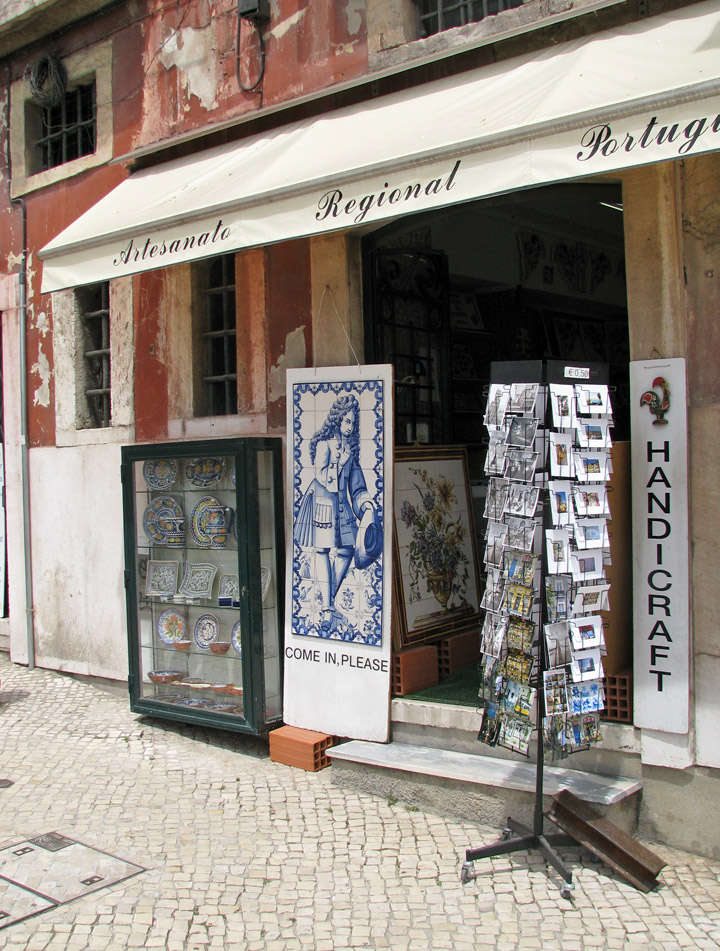
tile shop

resetting the walkway
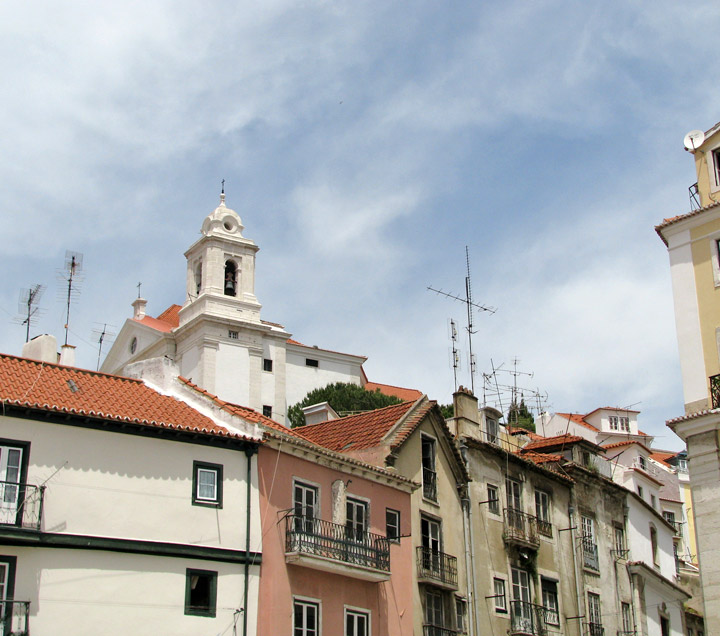
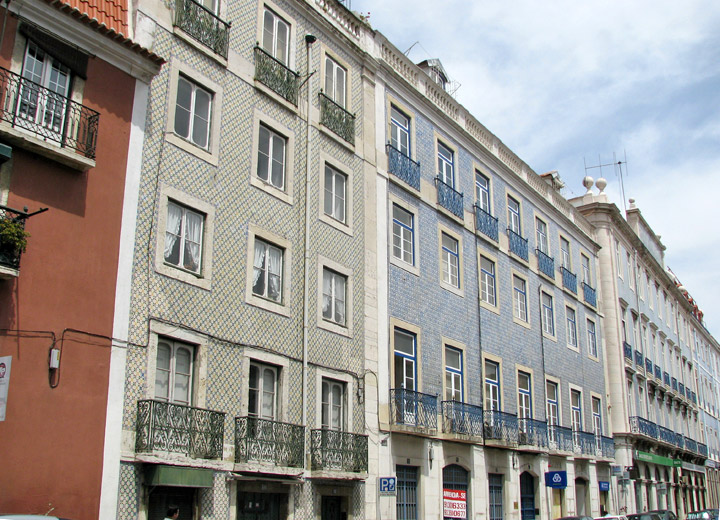
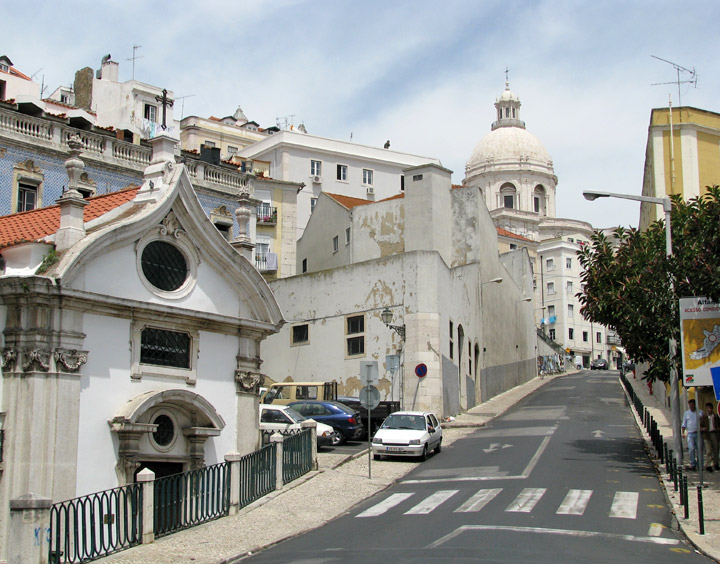

Santa Apolonia station